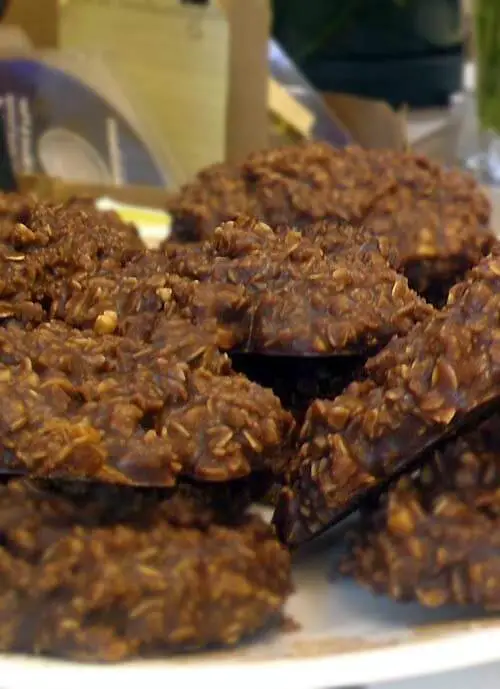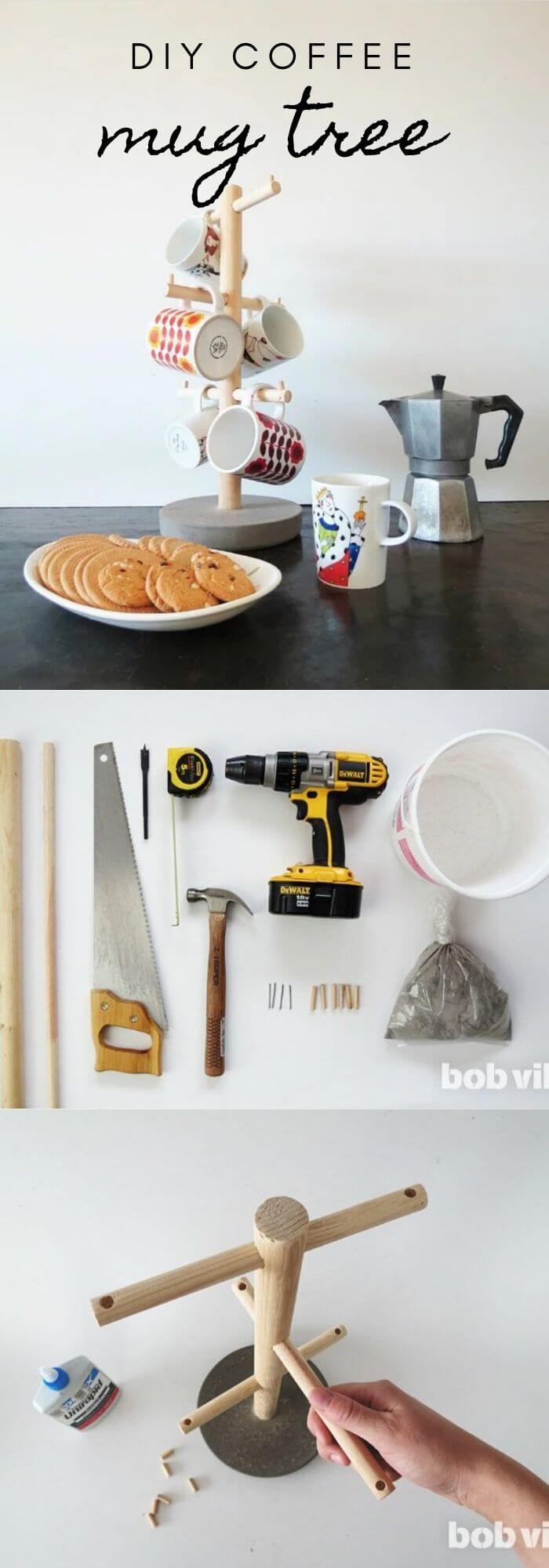25 Awesome Basement Window Well Ideas And Designs (Photos)
Many homeowners struggle with basements featuring windows that don’t quite fit standard window wells. This common conundrum can be frustrating, especially when it comes to deciding what to do. If you’re looking for inspiration to enhance your basement’s functionality and aesthetic appeal, you’ve come to the right place. In this blog post, we’ll explore 25 unique ideas for basement windows that will make a significant difference in your home.
From tubular window wells to fiberglass options, we’ll delve into the various types of window wells available, as well as provide practical advice on how to cover and decorate them. We’ll also discuss essential considerations such as drainage, water prevention, and whether window wells are truly necessary. Let’s dive in!
What is basement window well?
Basement window wells serve as a vital link between the indoor and outdoor environments, permitting natural light and air circulation into the basement while safeguarding against moisture and debris accumulation. This clever design feature not only enhances the overall ambiance of the space but also shields the window from potential damage resulting from flooding or heavy rainfall.
To guarantee optimal performance and longevity, it is essential that installation be entrusted to a skilled contractor who can ensure proper sealing and waterproofing of the well.
Types of basement window wells.
The world of basement window wells is vast and varied, offering a diverse range of styles to suit every homeowner’s taste and needs. At the forefront of this spectrum are several popular options that stand out for their functionality, aesthetic appeal, or innovative designs.
Tubular window wells.
Tubular window wells are innovative structures that bring a fresh twist to traditional window wells. Unlike their flat counterparts, these cylindrical wonders can be crafted from metal, plastic, or concrete, offering a versatile range of options for homeowners and builders alike.
One of the primary advantages of tubular window wells is their ability to allow natural light and ventilation to flow into basements and below-ground rooms.
They also serve as emergency escape routes in case of fire or other catastrophic events, providing an added layer of safety and security.
These unique windows come in a variety of sizes and shapes, allowing them to be tailored to fit the specific needs of any space. Furthermore, they can be outfitted with accessories like ladders, covers, and drains, further enhancing their functionality and overall usability.
Plastic window wells.
A plastic window well, also known as a plastic window insert, is an affordable and practical solution for adding an extra window to a home or building. One of the primary advantages of using a plastic window well is its cost-effectiveness compared to other types of windows. Additionally, plastic window wells are relatively easy to install, requiring minimal expertise or specialized tools.
Some of the key benefits of incorporating a plastic window well into your design include: ease of maintenance and cleaning, durability, and good insulation against temperature fluctuations. They also come in a range of colors and designs, allowing for greater aesthetic flexibility. Furthermore, these plastic inserts are safe for children and pets to be around, and can be customized to fit any window size. If needed, they can be easily removed and replaced, making them a convenient option.
Finally, plastic window wells are environmentally friendly, as they are recyclable.
Steel window wells
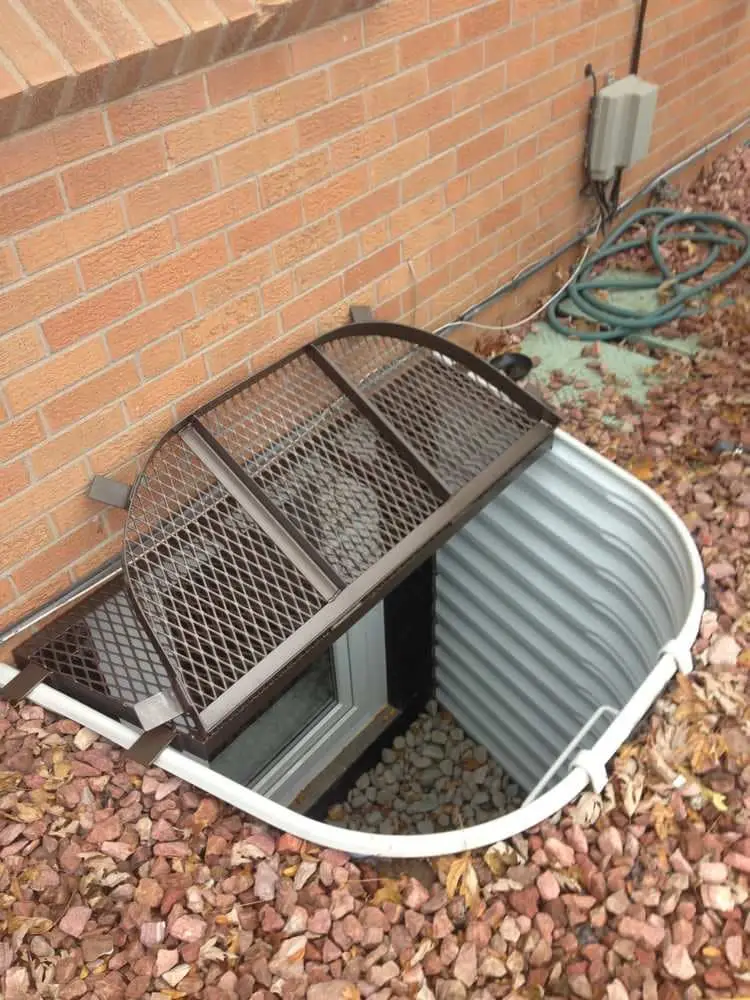
Window wells play a crucial role in protecting windows from the elements, while also allowing natural light to penetrate into basements. Among various materials used in their construction, steel is a popular choice due to its exceptional durability. Steel window wells are designed to withstand harsh weather conditions and will retain their structural integrity for an extended period, making them a reliable option for homeowners.
Brick window wells.
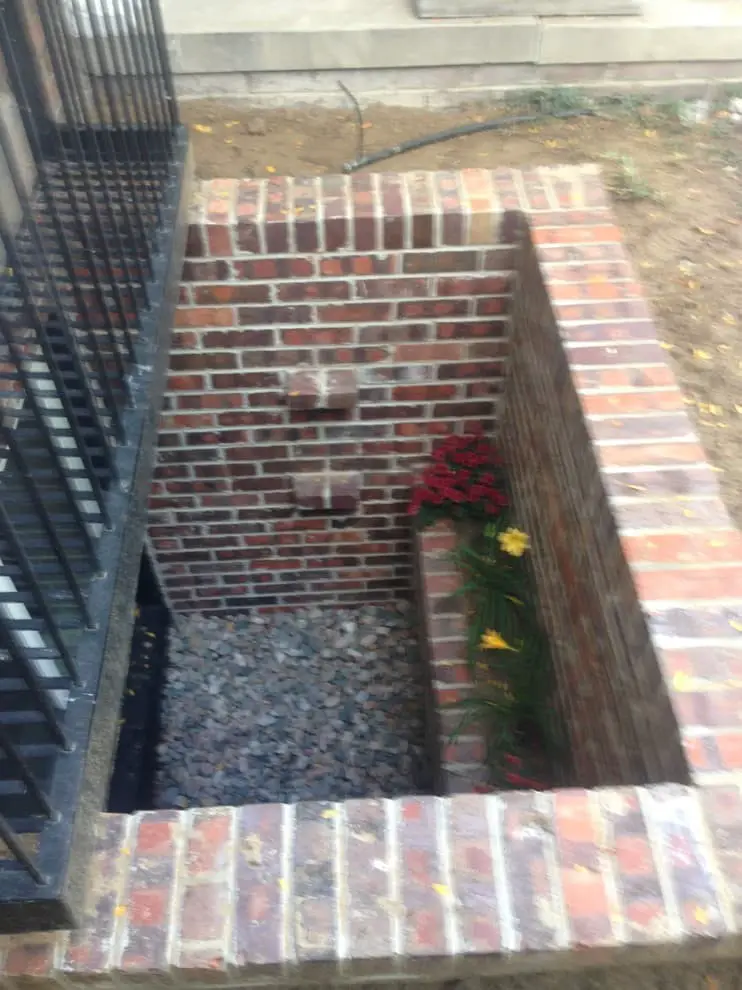
Brick window wells are a type of window well that stands out from the rest due to their unique construction. Typically used in basements, they can instantly brighten up the space and create a warm, inviting ambiance. Similarly, commercial buildings often opt for brick window wells as they can convey a sense of solidity and durability, setting them apart from other types of window wells.
The process of creating a brick window well begins with the construction of a brick frame, which is then filled in with mortar. After the frame has had sufficient time to dry, the mortar is added, followed by a 24-hour curing period before it’s ready for use.
Fiberglass window wells
Fiberglass window wells have gained popularity among homeowners due to their exceptional durability and low maintenance requirements. Unlike other materials, fiberglass window wells can withstand the test of time, lasting for many years without the need for replacement. This unique characteristic makes them an attractive option for those seeking a hassle-free solution.
Moreover, their versatility in terms of color and style options allows homeowners to select a design that seamlessly complements their home’s exterior. The durability and attractiveness of fiberglass window wells make them an excellent choice for homeowners seeking a long-lasting and visually appealing solution.
Concrete window wells.
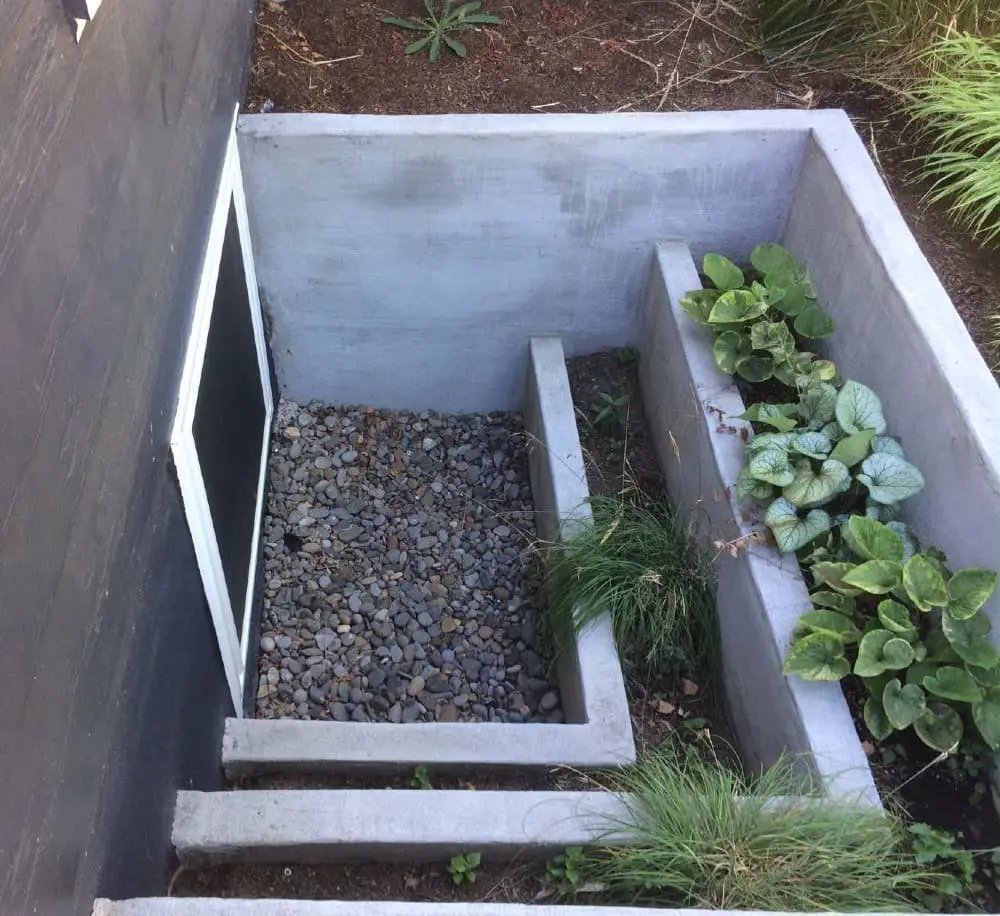
Concrete window wells offer a unique combination of functionality and aesthetic appeal, making them an attractive option for homeowners and builders alike. These pre-fabricated or on-site poured structures provide an extra layer of protection against the elements, while also boasting durability, low maintenance, and ease of cleaning. The versatility of concrete window wells lies in their ability to be customized with paint or stain to seamlessly blend with the exterior design of a building.
Whether used to enhance the curb appeal of a residential property or provide a lasting solution for commercial properties, concrete window wells are an excellent choice for those seeking a reliable and visually appealing alternative to traditional window sills.
Basement window well cover ideas.
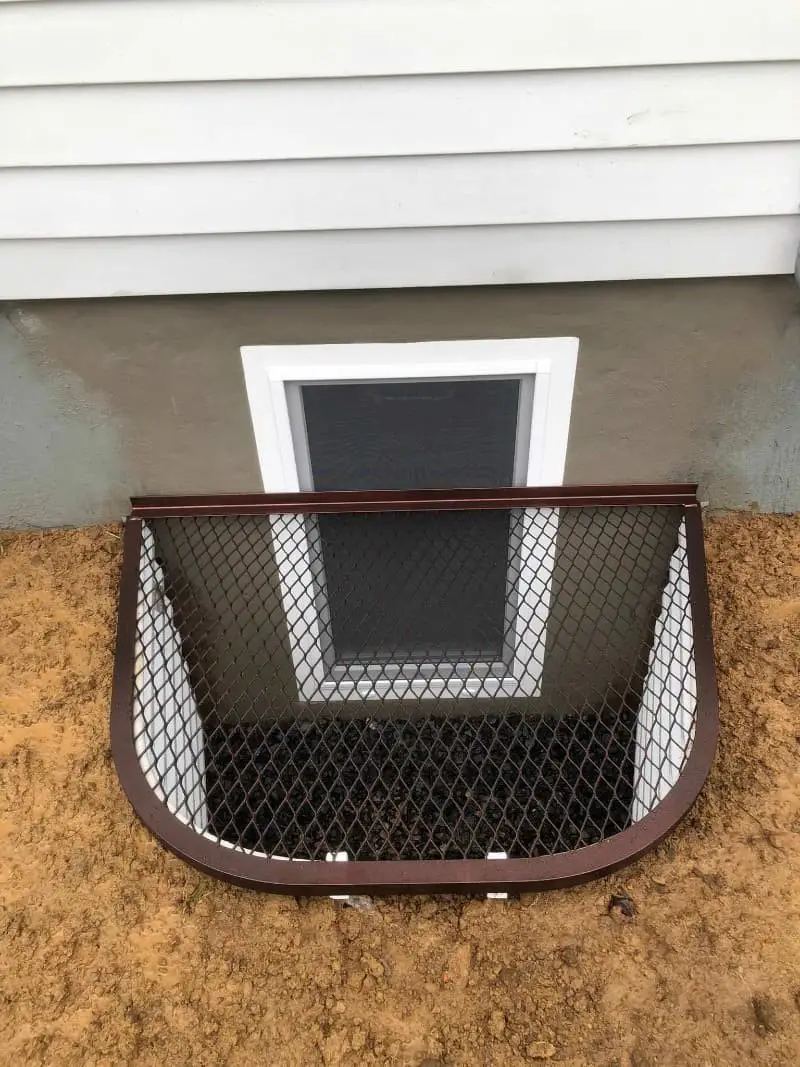
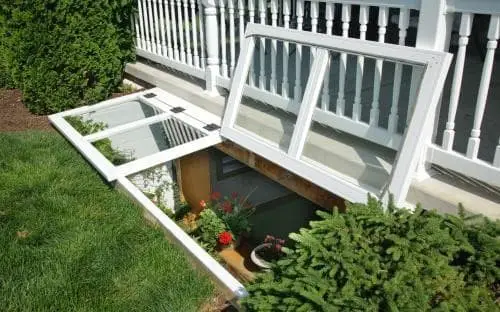
When selecting a window well cover for your basement, several factors come into play. Initially, you’ll need to decide on the material you want it to be made from. Options range from plastic to metal and wood, each with its own unique characteristics. Next, consider the size of your window well. You’ll want to ensure that the chosen cover is large enough to fit snugly over the entire opening. This will provide a secure seal against weather elements and unwanted pests.
Lastly, take into account your local climate. If you live in an area prone to heavy snowfall, it’s crucial to select a material that can withstand the added weight. For those seeking both aesthetics and functionality, metal covers may be the way to go. Available in various colors, they’ll blend seamlessly with your home’s exterior while offering exceptional durability. Alternatively, if budget is a concern, plastic covers could be the more affordable option.
While not as robust as their metal counterparts, they still provide some level of protection from the elements. Finally, for those prioritizing both style and substance, wood covers may be the perfect fit. Available in various colors and styles, you’ll likely find one that harmonizes with your home’s exterior. Additionally, wood covers are known for their durability, ensuring a long-lasting solution.
Basement window well decoration ideas.
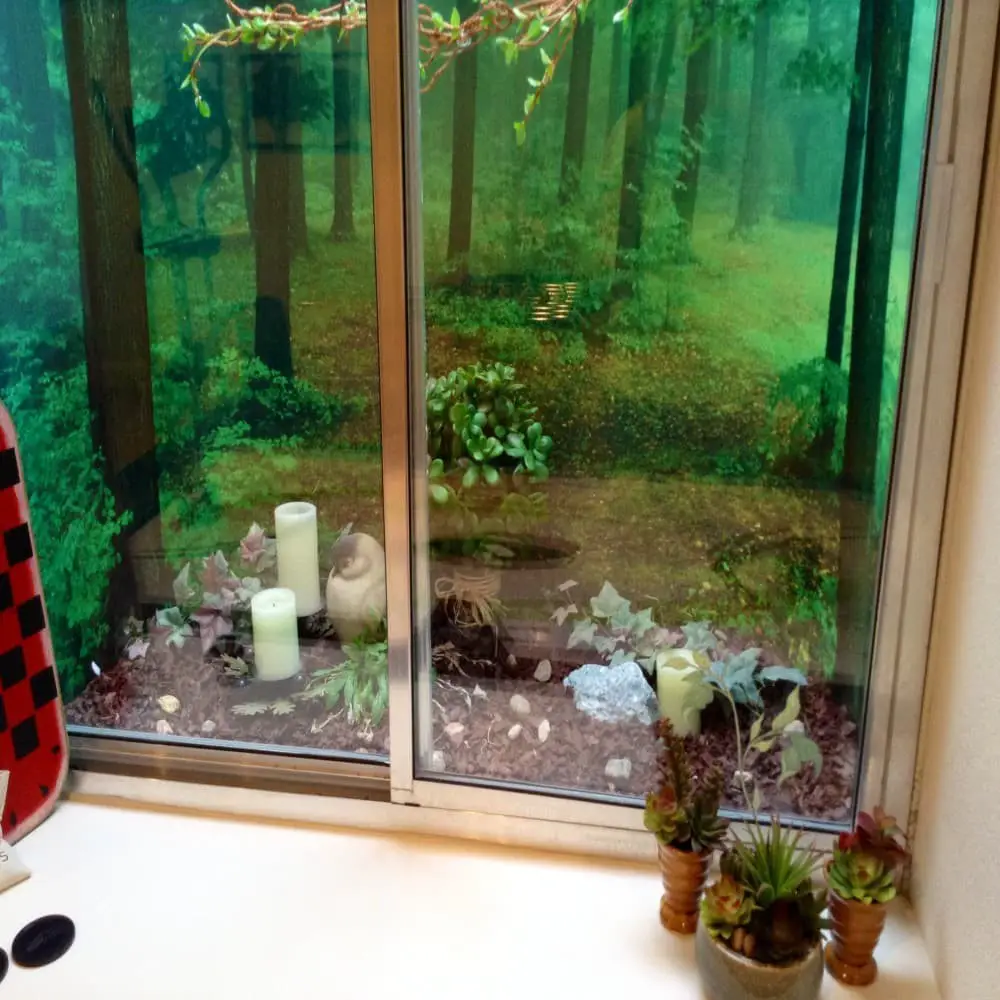
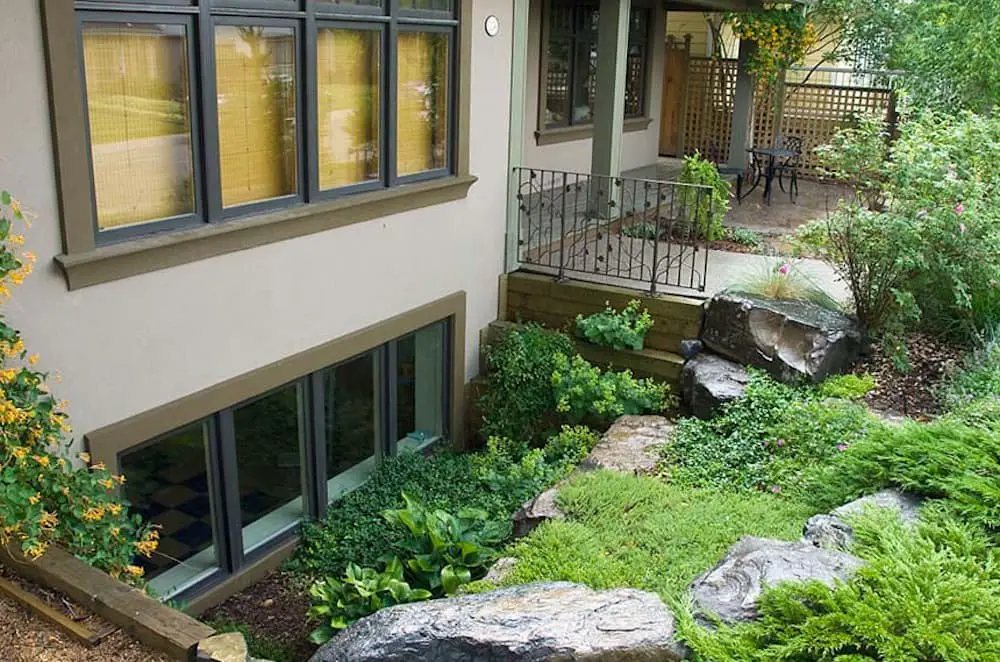
Elevate your basement’s ambiance by transforming its window wells into warm and inviting spaces. Start with simple yet effective decorations that will create a cozy atmosphere without requiring extensive renovations. Greenery, such as potted plants or hanging vines, is an excellent place to begin. These natural elements can bring color and life to the area, making it more aesthetically pleasing.
If you have the space, consider adding a small tree or shrub to provide additional greenery and even some privacy if the window overlooks a public area. For a more permanent solution, install a window grille that complements your home’s style. These decorative barriers come in various designs and materials, including wood, wrought iron, and aluminum, allowing you to customize the look to suit your taste. They can add an air of sophistication to the space while maintaining functionality.
Alternatively, consider installing privacy film to block out external views. This type of film is readily available at most home improvement stores or online, offering a range of designs and colors to match your preferences. Once installed, it will create an opaque barrier, providing you with the desired level of privacy. For those looking for a creative outlet, painting the window well can be an excellent way to add personality and character to the space.
Utilize stencils or pre-made designs from craft stores or online resources to create custom artwork that reflects your unique style. This approach allows you to express yourself while creating a warm and welcoming atmosphere in your basement.
Adding window wells to basement.
While many homeowners overlook window wells when brainstorming ways to enhance their basements, incorporating these features can have a profound impact on the ambiance and functionality of this often-underutilized space. By installing window wells, you can not only brighten up your basement but also reduce energy costs by allowing natural light to flood in.
When considering window wells for your basement, there are several key factors to keep in mind.
First and foremost, ensure that the well is properly sized to accommodate your windows without causing any obstructions or visual disruptions. Additionally, verify that the installation is both secure and watertight to prevent any issues down the line.
Aesthetics should also play a role in your decision-making process. Choose a material for your window wells that harmonizes with your home’s exterior design to maintain a cohesive look.
Furthermore, consider outfitting your windows wells with covers or screens to keep debris and unwanted critters at bay. Finally, schedule regular inspections to guarantee the integrity of your window wells and address any potential issues before they become major problems.
How to cover basement window wells.
When it comes to protecting your window wells from the elements and extending their lifespan, there are several effective strategies to employ. Here’s how to get started:
Cover with a tarp: Purchase a tarp at any hardware store and use it to cover your window well. Simply drape the tarp over the well and secure it in place using heavy-duty tape or rope.
Install a custom-fit cover: Explore the market for various types of window well covers, including those made from plastic, metal, or mesh. These covers fit snugly over the top of your window well and can be secured with screws or bolts.
Build a wooden enclosure: If you’re skilled with tools, consider building a wooden box to encase your window well. This approach provides maximum protection from the elements while also adding a finished look to your basement.
Surround with landscaping stones: Another option is to use landscaping stones to surround your window well. Not only will this protect the well, but it’ll also introduce visual interest to your basement.
Paint for a subtle finish: For a more understated approach, simply paint your window well. This will help shield the well from rust and water damage.
What is a window well in a basement called?
Basement ventilation is crucial for maintaining a healthy and dry environment. One effective solution is installing window wells, which serve as a type of foundation vent. These structures are designed to improve air circulation within the basement, reducing the risk of moisture buildup and related issues. By allowing natural light to filter in, window wells also help to brighten up the space, making it feel more welcoming than a damp, dimly lit dungeon.
Do you need drainage in a window well?
The effectiveness of a drainage system for a window well ultimately hinges on the local climate and its precipitation patterns. In regions prone to heavy rainfall, it’s crucial to install a suitable drainage mechanism to prevent water accumulation in the window well. Conversely, areas with low rainfall might not require such measures, as the risk of water pooling is significantly reduced.
What to put in basement window well?
When it comes to optimizing the functionality and aesthetic appeal of your basement window well, there are several creative approaches you can take. One popular option is to turn it into a mini-garden by planting flowers, greenery, or even herbs. This not only adds a touch of natural beauty but also helps purify the air and create a peaceful ambiance.
Alternatively, you can repurpose your window well as storage space, perfect for keeping items like cleaning supplies, out-of-season clothing, or linens neatly organized. For added protection from the elements, consider installing awnings or custom covers that not only shield your windows from debris but also enhance their overall appearance.
Should I put rocks in my window well?
When considering how to enhance the aesthetic appeal of their homes, many homeowners ponder whether rocks can be an effective addition to window wells. The answer, much like the outcome of any home improvement endeavor, depends on various factors and requires thoughtful consideration. While rocks can undoubtedly add a charming touch to this often-overlooked feature, it’s essential to weigh the pros against potential drawbacks before making a decision.
One crucial aspect to consider is the risk of rocks trapping water in the window well, potentially leading to long-term problems. To mitigate this issue, it’s advisable to use large enough rocks that won’t easily be washed away and ensure a reliable means of draining any accumulated water.
Another consideration is the weight of the rocks themselves, which can pose structural concerns if not properly addressed.
Homeowners should verify that their window wells are robust enough to support the added load, or consult with a professional if unsure. By carefully evaluating these factors, homeowners can make an informed decision about incorporating rocks into their window well design.
How deep should a basement window well be?
While there is no one-size-fits-all solution to determining the ideal depth of a basement window well, various factors influence its optimal depth. The height of surrounding ground and climate are two crucial considerations that can impact the well’s effectiveness. Typically, experts agree that a minimum depth of 24 inches is necessary for proper drainage and to prevent water from infiltrating the basement. This standard ensures the basement remains dry and free from moisture-related issues.
Do basement window wells need covers?
While basement window wells are designed to keep rain and snow out of your home’s foundation, they can also harbor water if not properly maintained. To prevent this issue, most experts advise installing a window well cover that fits your specific window well size. These covers come in various materials such as plastic, metal, or mesh, each offering unique benefits. Before purchasing a cover, it’s essential to measure your window well accurately to ensure the best fit.
Installing a window well cover can be done by either a professional or yourself, but if you’re opting for a DIY approach, make sure to carefully read and follow the instructions to avoid any potential damage to your home. If you live in an area with significant snowfall, consider investing in a heavy-duty window well cover capable of supporting the weight of the snow; otherwise, a standard cover should suffice.
Do all basement window wells have drains?
Not all basement window wells are equipped with drains. Some designs intentionally collect water, allowing it to permeate the surrounding soil, while others prioritize blocking water from entering the area. The purpose of the window well and its design determine whether or not a drain is present. If you’re unsure about your window well’s drainage capabilities, consulting a professional for an assessment can provide clarity.
How do I keep water out of my basement window wells?
To prevent water from entering your basement window wells, prioritize proper installation and maintenance. This starts with ensuring the well is installed at the correct height and features a secure seal around its edges. Additionally, regular cleaning of the well allows for smooth drainage and helps to eliminate any potential obstructions that might allow water to seep in.
Are basement window wells necessary?
While basement window wells may not be a standard requirement for most homes, they can offer valuable benefits under specific conditions. In cases where basements are prone to flooding, these wells can serve as a barrier against water entry, protecting your home from potential damage. Similarly, in areas with elevated radon gas levels, well-designed window wells can facilitate ventilation and reduce the risk of exposure.
While not an essential feature for most homes, basement window wells can prove advantageous in certain scenarios.
Conclusion
When it comes to designing and installing basement window wells, a holistic approach is essential. On one hand, you want to ensure the window well serves its primary purpose of allowing natural light to enter your basement, while also considering the overall aesthetic appeal. A well-designed window well should strike a balance between form and function. Additionally, selecting materials that can withstand the elements and harmonize with your home’s style is crucial.
Furthermore, it’s vital to factor in both the initial cost of the project and any ongoing maintenance requirements. By taking a thoughtful and comprehensive approach, you can create beautiful and functional window wells that enhance your home’s value and livability.
Related Posts
When it comes to designing a strong and resilient structure, the choice of materials can make all the difference. Steel-framed windows and doors are an excellent option for homeowners looking to upgrade their properties. These modern alternatives offer numerous benefits that traditional wooden or vinyl frames simply cannot match.
Not only do they provide unparalleled strength and durability, but they also boast impressive thermal insulation properties, allowing for a significant reduction in energy costs. Furthermore, steel-framed windows and doors require minimal maintenance, freeing up homeowners from the hassle of regular painting and refinishing.
With their sleek appearance, modern functionality, and enhanced security features, it’s no wonder why steel-framed windows and doors are rapidly becoming the top choice among architects and builders.


